
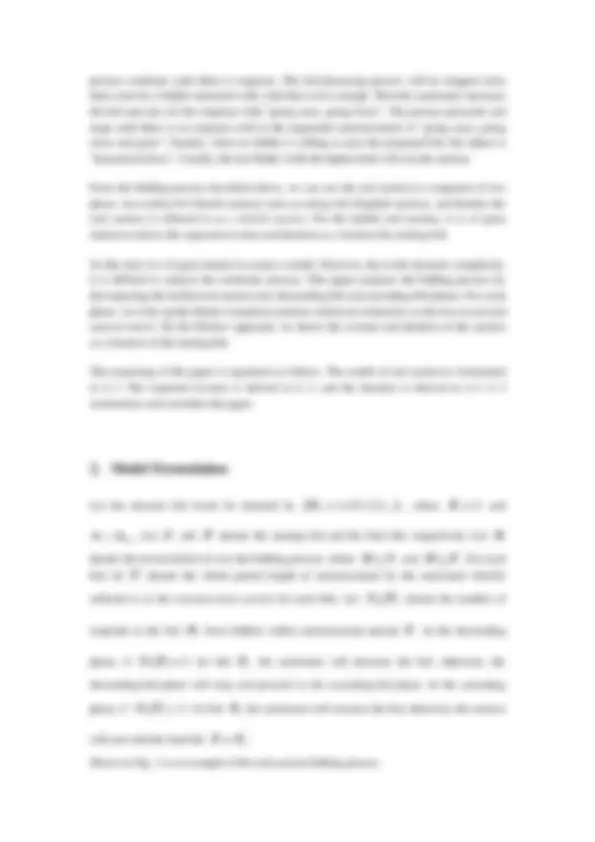
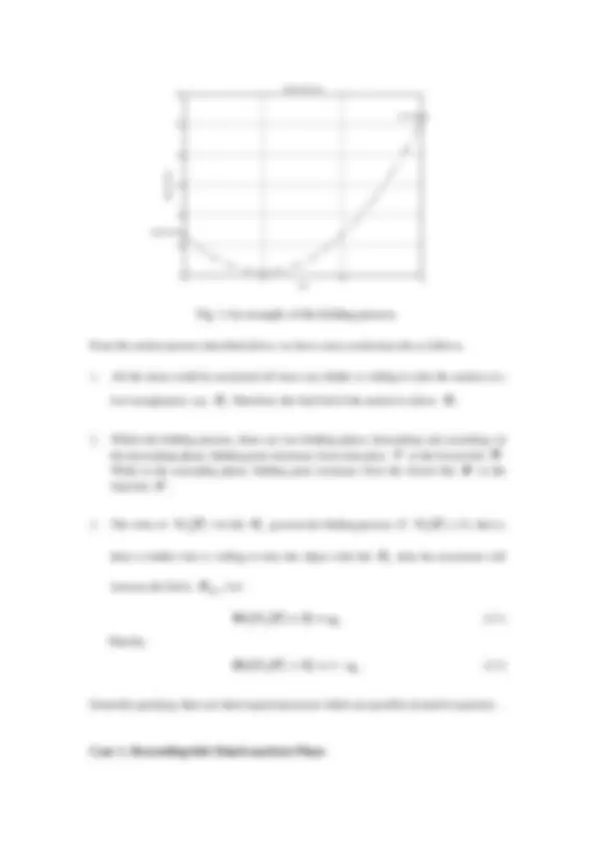
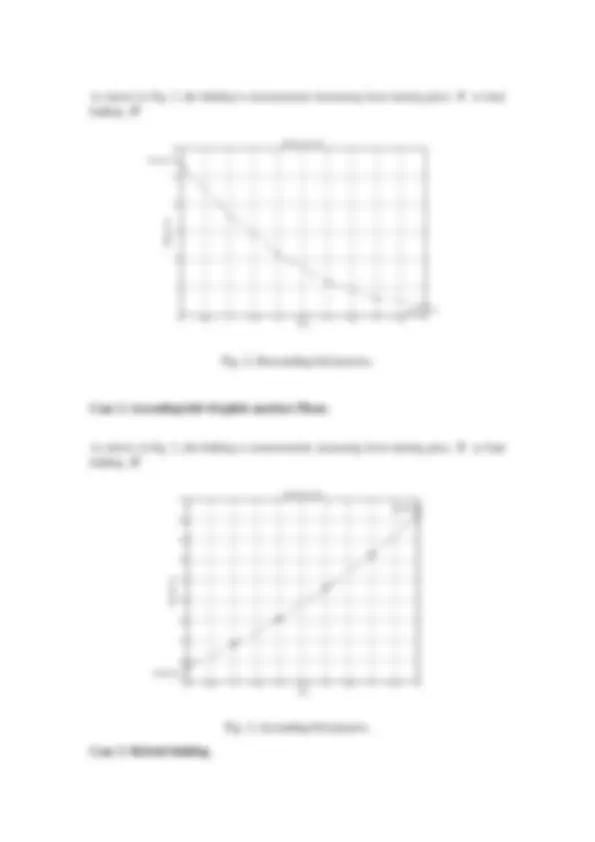
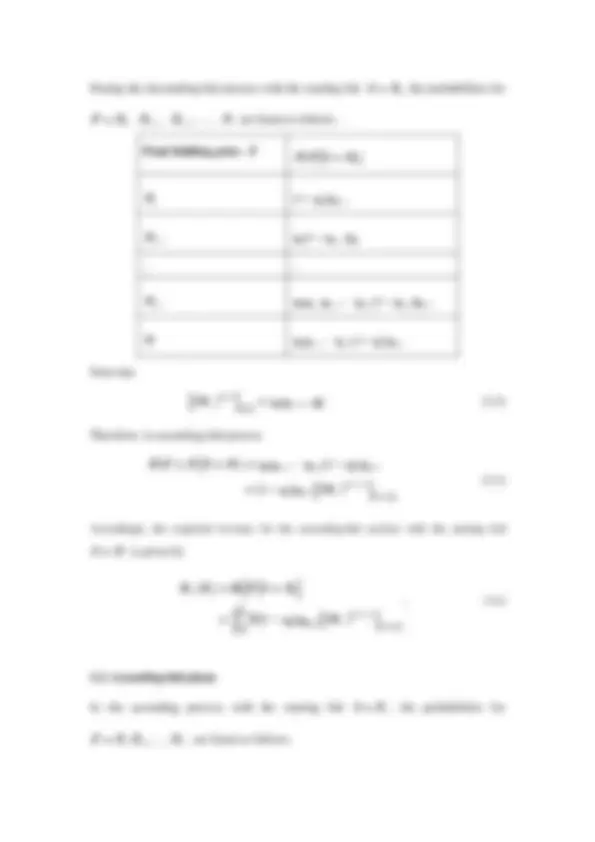
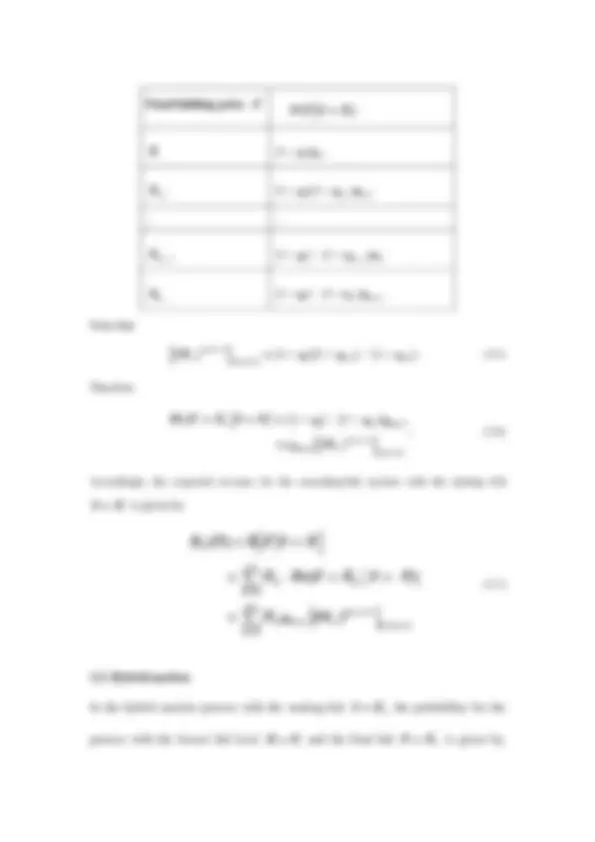
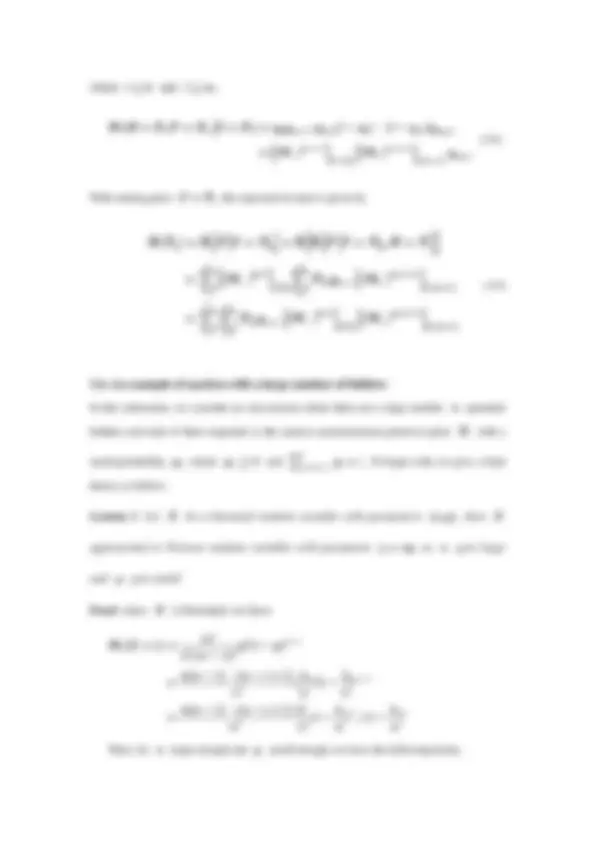
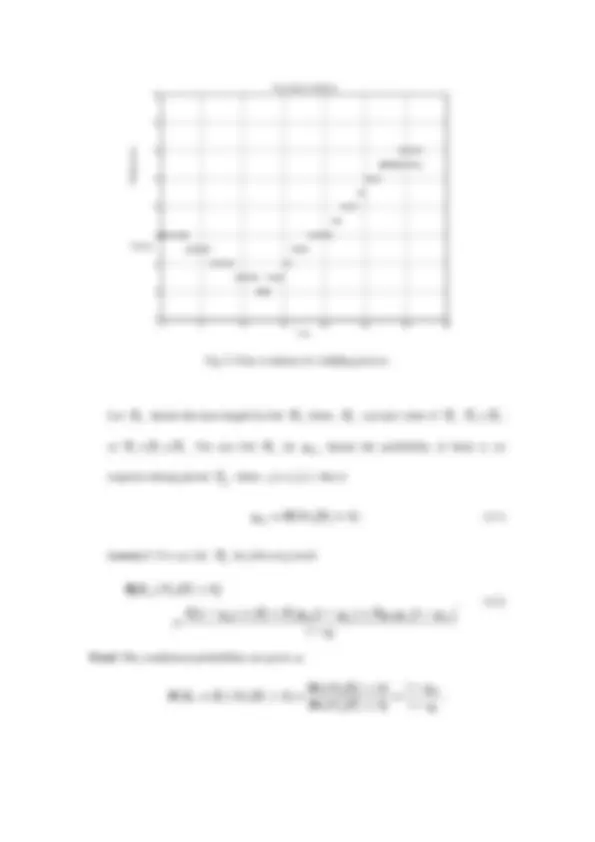
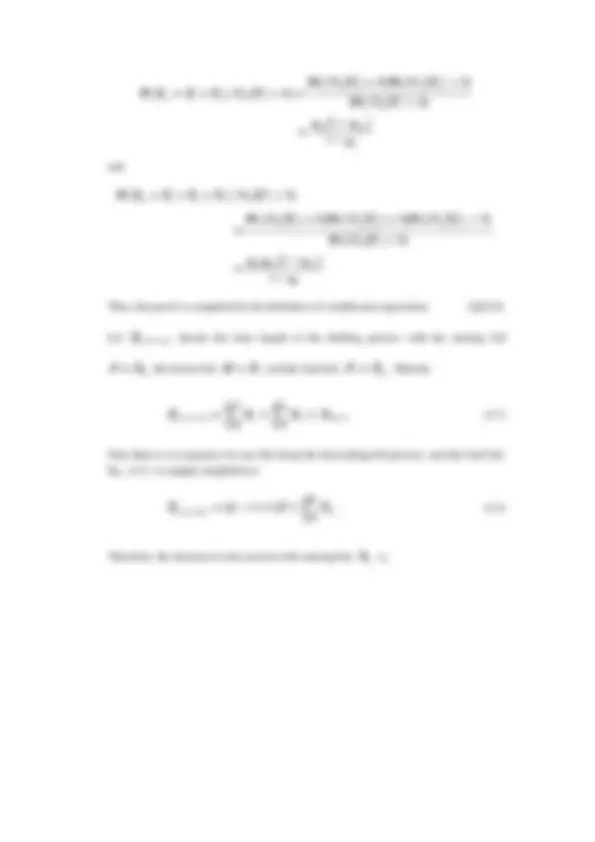
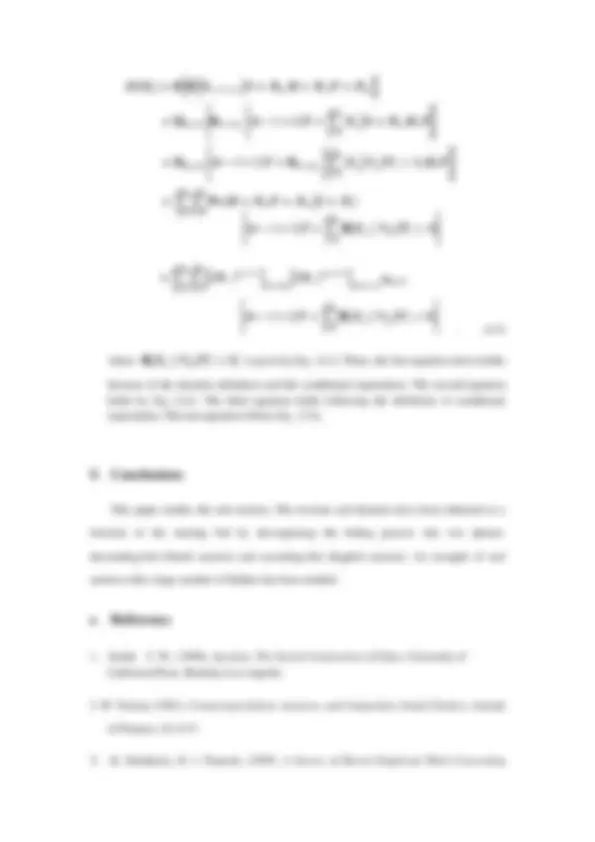


Study with the several resources on Docsity

Earn points by helping other students or get them with a premium plan


Prepare for your exams
Study with the several resources on Docsity

Earn points to download
Earn points by helping other students or get them with a premium plan
Community
Ask the community for help and clear up your study doubts
Discover the best universities in your country according to Docsity users
Free resources
Download our free guides on studying techniques, anxiety management strategies, and thesis advice from Docsity tutors
Material Type: Paper; Class: 300 - EDUCATION & COMPUTER; Subject: EDUCATION; University: Rutgers University; Term: Unknown 1990;
Typology: Papers
1 / 16

This page cannot be seen from the preview
Don't miss anything!










Junmin Shi Department of Supply Chain Management & Marketing Sciences Rutgers University, Business School-Newark and New Brunswick
This paper investigates the revenue and duration of a hybrid oral auction (English auction and Dutch auction) that is extensively adopted in practice, for instance the Christie’s. Unlike sealed bid auction, oral auction is featured by its complexity of dynamic process. The bidding price varies as a stochastic time series. Thereby, the duration of oral auction performs randomly as well as its revenue. From the seller perspective, both the revenue and the duration are important in designing the auction, especially how to choose the starting bid. In this paper, the bidding process is decomposed into two phases: English auction (descending-bid) and the Dutch auction (ascending-bid). For each phase, by the Markov tool, we derive the expected revenue and duration as a function of the starting bid. As an example, an auction with a large number of bidders is studied.
As a powerful and well-known tool in business markets, auction plays an important role in selling objects especially for antiques and art. With a long history around the world auctions are very common for the commodities such as tobacco, fish, cattle, racehorses, and anything that has a market of multiple people interested in purchasing. The main reason why auction is so common is that a group of people are interested in buying the same object, and offering bids on the object. As a tool, auction decides the winner (usually the highest bidder).
Nowadays, the auction theory has been well studied. Generally, there are traditionally four types of auction that are used for the allocation of a single item: The four standard single unit auctions are the English auction, the Dutch auction, First-Price Sealed-Bid auction, and the Second-Price Sealed-Bid auction (for more details please see C. W. Smith 1990).
One of the most remarkable results in auction theory is the revenue equivalence theorem, which was first introduced by Vickrey (1961). Two auctions are said to be " revenue equivalent " if they produce the same expected sales price. This is an important issue to a seller who wants to hold an auction to sell the item for the highest possible price. If one type of auction is found to generate higher average sales revenue, then that type auction will obviously be preferred by the sellers. In other words, the revenue equivalence theorem states that, if all bidders are risk-neutral bidder and have independent private value for the auctioned items, then all four of the standard single unit auctions have the same expected sales price (or seller's revenue).
In the auction study, an increasing number of empirical auction studies use a structural econometric approach within the theoretical framework of the independent private values model and the common value model (Hendricks and Paarsch 1995 and Laffont 1997). In common value auctions, a bidder's value of an item depends entirely on other bidders' values of it. By contrast, in private value auctions, the value of the good depends only on the bidder's own preferences.
In auction design, efficiency and optimality are the two primary goals in any auction design: the former focuses on the social welfare of the whole seller-bidder system, whereas the latter emphasizes the revenue-maximizing from the seller’s perspective (Zhan and Shen 2007).
Unlike sealed bid auction, oral auction is featured by its dynamic process property. In practice, oral auction is widely preferred than sealed bid auction. For instance, Christie's has auctioned off artwork and personal possessions via oral auctions. Christie's was founded in London, England, on 5 December 1766 by James Christie. Christie's soon established a reputation as a leading auction house, and took advantage of London's new found status as the major centre of the international art trade after the French Revolution. Christie's has held the greater market share against its longtime rival, Sotheby's, for several years and is currently the world's largest auction house by revenues. In addition to Christie's, there are various world famous auction organizations in which oral auction is generally adopted.
To sell an object via oral auction, the auctioneer begins the auction with an announced starting bid. For the bid, the auctioneer will ask the bidders for their response by open cries. If nobody responses for the bid, then the auctioneer announce “Going once” for a short while. If there is no response from bidders, then “going twice” is announced for another short while. If no response again, then the auctioneer deduces the bid, and ask the response. The similar
(^00 5 10 )
20
40
60
80
100
120
Time
Bidding Price
Bidding Process
Starting Price
Ending Price
Fig. 1 An example of the bidding process.
From the auction process described above, we have some conclusions the as follows,
low enough price, say P 1. Therefore, the final bid of the auction is above P 1.
there is bidder who is willing to take the object with bid , then the auctioneer will
increase the bid to. Let
N (^) i ( T ) Pi Ni ( T )> 0
P i
Pi (^) + 1
Pr{ N (^) i ( T ) = 0 }= qi
i
. (2.1) Thereby, Pr{ N (^) i ( T ) > 0 }= 1 − q. (2.2)
Generally speaking, there are three typical processes which are possibly incurred in practice.
Case 1. Descending-bid (Dutch auction) Phase
As shown in Fig. 2, the bidding is monotonously decreasing from starting price to final bidding.
(^00) 0.5 1 1.5 2 2.5 3 3.5 4 4.5 5
5
10
15
20
25
30
Time
Bidding Price
Bidding Process Starting Price
Ending Price
Fig. 2, Descending-bid process.
Case 2. Ascending-bid (English auction) Phase.
As shown in Fig. 2, the bidding is monotonously increasing from starting price to final bidding.
(^200) 0.5 1 1.5 2 2.5 3 3.5 4 4.5 5
30
40
50
60
70
80
90
100
110
Time
Bidding Price
Bidding Process
Starting Price
Ending Price
Fig. 3, Ascending-bid process.
Case 3. Hybrid bidding
2 2 3 3 4 4 5
q q q q q q q
+
= i
− i
. (2.8)
The reason goes as the follows. For any i > 1 , ⎡⎢⎣ (^) M (^) +⎤⎥⎦ ( , ) (^) i i = Pr{ N (^) i ( T ) = 0 ] q, (2.9)
and
+ (^) ( , i i + 1 ) Pr{ N^^ i ( T^^ )^^0 }^1 q
Since any bidder would definitely take the auction at price P 1 , we have
+ ( , ) 11 Pr( N T^ 1 (^ )^^0 )
and
+ ( , ) 1 2 Pr( N^ 1 ( T^ )^^0 )
For any other element where j ≠ i or j ≠ i + 1 ,
⎡⎢⎣ (^) M + ⎤⎥⎦ ( , ) (^) i j = 0. (2.13)
Let the expected revenue of the auction starting at Pk be denoted by
R P ( (^) k )= E ⎡⎢⎣ F S^ = Pk ⎤⎥⎦ (3.1)
In the following, we consider the revenue in descending-bid, ascending-bid and hybrid auctions.
3.1. Descending-bid phase
During the descending-bid process with the starting bid , the probabilities for
, , , …, are listed as follows.
S = P k
F = P k Pk (^) − 1 Pk (^) − 2 Pl
Final bidding price F (^) P F S ( = Pk )
P k ( 1 − qk ) qk (^) + 1
Pk (^) − 1 qk ( 1 − qk (^) − 1 ) qk
Pl (^) + 1 q qk k (^) − 1 q k (^) − 2 " ql (^) + 2 ( 1 − ql (^) + 1 ) ql + 2
P l q qk k (^) − 1 "q (^) l (^) + 1 ( 1 − ql ) ql + 1
Note that
Therefore, in ascending-bid process
1 1 1 1 1 1
l k k k l l l l l k^ l l k
P F P S P q q q q q q q
**− + +
Accordingly, the expected revenue for the ascending-bid auction with the starting bid
S = Pl is given by
1 1 1 1 (^^1 ,
k k k (^) k l l (^) l k l l^ l
P q q
−
− − − = + +
∑ (^) ⎣ M ⎦
)
3.2. Ascending-bid phase
In the ascending process with the starting bid , the probabilities for
, ,…, are listed as follows.
S = P l
F = P l Pl (^) + 1 Pm
where l ≤ k and l ≤ m,
1 1 1 1
1 1 1 1
( , ) ( , )
Pr( , ) ... ( ) ( ) ( ) ( )
l m k m k l m l l k l m
k k l l m m
B P F P S P q q q q q q − − −^ + + + − + q
− + + +
(3.8)
With starting price S = Pk, the expected revenue is given by
1
1
1
1
1 1 1 1
( , ) ( , )
( , ) ( , )
l k l m l k l m l
m
m
k
k l (^) m m l l k l m k l m l m (^) l k l m
∞ − + = = ∞ − + = =
+
+
**− +
− + − +**
−
(3.9)
3.4. An example of auction with a large number of bidders
In this subsection, we consider an oral auction where there are a large number potential
bidders and each of them responds to the auction announcement period at price with a
small probability , where and. To begin with, we give a limit
theory as follows.
n P i
Lemma 1 : Let be a binomial random variable with parameters , then
approached to Poisson random variable with parameter as n gets large
and gets small.
X ( n p , ) X
λ = np
p
Proof: since X is binomial, we have
1
(^1 1 )
(^1 1 1 )
Pr( )! ( ) ! ( )! ( ) ( ) ( ) ( ) ! ( ) ( ) (^) ( ) / ( !
i n i
i n i i (^) n i i
X i n p p i n i n n n i i n n n n n i n i n
−
−
λ λ
λ λ λ (^) ) n
Then, for n large enough and p small enough, we have the following limits,
lim (^^1 )^^ (^^1 )^1 n i
n n n i →∞ n
− " − + (^) = , lim ( 1 ) n n (^) n e
− →∞ −^ =^
λ (^) λ , lim ( 1 ) i 1 n →∞ −^ n =
λ (^).
Hence, Pr(^ )^ !
i X i e i
= = λ^^ − λ. (Q.E.D)
Following Lemma 1, for a large and small , the amount of bidders responding
within unit time is Poisson random variable with parameter. It follows that
the number of responding bidders within the announcement period T , denoted by
follows a Poisson distribution , that is.
Let , then
n pi
λ i (^) = n ⋅ pi
) n n p T
i
p
N (^) i ( T ) Poisson ( λ (^) i T Poisso ( (^) i ) α = nT
Ni ( T ) ∼ Poisson ( α p ). (3.10)
Accordingly,
and Pr( N Ti ( ) > 0 ) = 1 − exp (− α pi ).
Substituting Eq. (3.11) into Eq. (3.8), we have
exp 1 1 1
Pr( , ) ( ln( exp( )))
l m k k m m i l i (^) j l j
p (^) + = + p =
= − α − α ∑ (^) + (^) ∑ − − α p
j
Thereby,
1 1
( ) exp ( (^) 1 ln( 1 exp( )))
k m l m l
k m R Pk P pm (^) i l pi (^) j l p
∞ = = = +^ =
= (^) ∑ ∑ − α (^) + − α ∑ (^) + (^) ∑ − − α
(3.13)
Shown in Fig. 4 is the functional relationship between the expected revenue and the starting bid. Graphically, the peak point in the curve represents the optimal starting bid which maximizes the expected revenue.
(^20 5 10 15 20 25 30 )
4
6
8
10
12
14
16
18
Time
Bidding price
Time Series of Bidding
Starting
Ending
Fig. 5, Time evolution of a bidding process.
Let denote the time length for bid , where can take value of , ,
or. For any bid , let denote the probability of there is no
response during period
X i Pi Xi T 1 T 1 + T 2
T 1 + T 2 + T (^) 3 Pi qi j ,
T j , where j = 1 2 3 , , , that is
q (^) i j , = P( N (^) i ( T (^) 1 ) = 0 ). (4.1)
Lemma 2. For any bid Pi , the following holds
1 1 1 2 1 2 1 2
, , , , ,
( (^) i ) ( ) (^) i ( (^) i ) (^) i i ( i
Xi N (^) iT T q T T q q Tq q q q
(^1) i , 3 )
. (4.2)
Proof. The conditional probabilities are given as
1 1 1
P( | ( ) ) Pr(^ (^ )^ )^ , Pr( ( ) )
i i i i i i
N T q X T N T N T q
,
1 2
1 2 1 2
, ,
Pr( ( ) )Pr( ( ) ) P( | ( ) ) Pr( ( ) ) i (^ i ) i
i i i i i
q q q
and
1 2 3
1 2 3 1 2 3
, , ,
Pr( ( ) )Pr( ( ) )Pr( ( ) Pr( ( ) ) i i (^ i ) i
i i i i i i
q q q q
.
Then, the proof is completed by the definition of conditional expectation. (Q.E.D)
Let denote the time length of the bidding process with the starting bid
, the lowest bid and the final bid. Thereby
T k (^) → → l m
S = P k B = Pl F = Pm
1 1
l m k l m i j m i k j l
− → → + = =
= (^) ∑ + (^) ∑ +. (4.3)
Note there is no response for any bid along the descending-bid process, and the final bid. Eq. (4.3) is roughly simplified as
m Tk (^) → → l m = k − l + T + (^) ∑ j = l j. (4.4)
Therefore, the duration for the auction with starting bid Pk is,
Auctions , Canadian Journal of Economics, Canadian Economics Association, vol. 28(2), pages 403-26, May.
European Economic Review.
working paper.